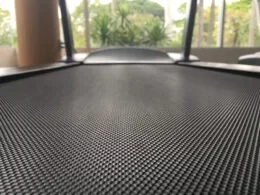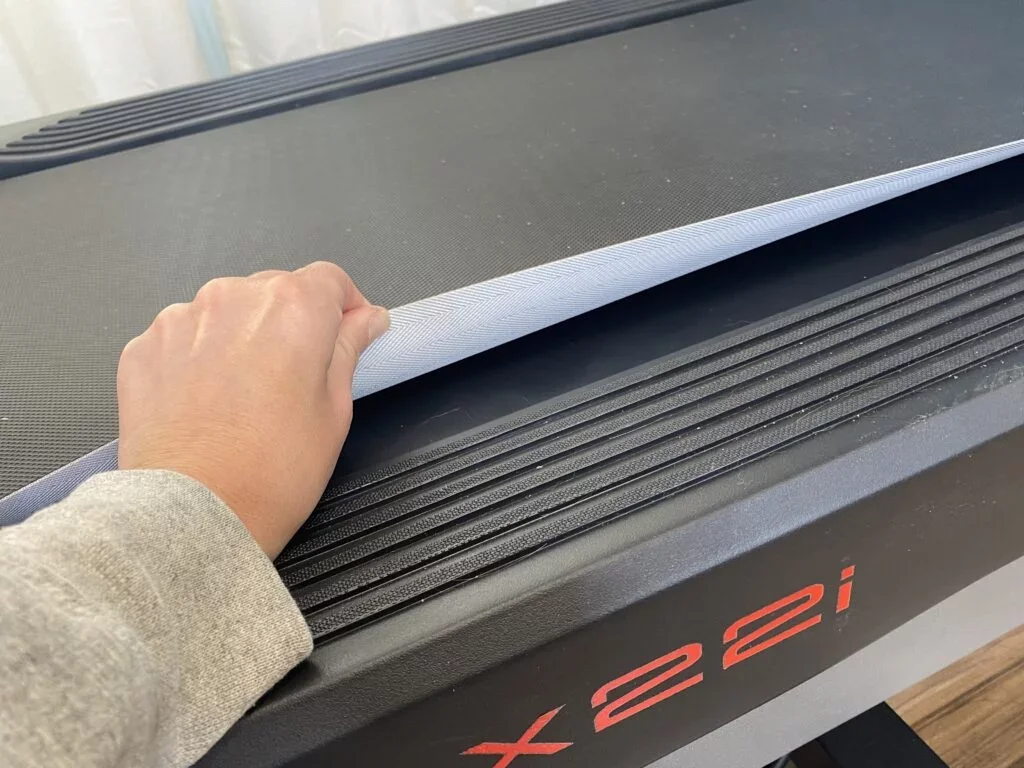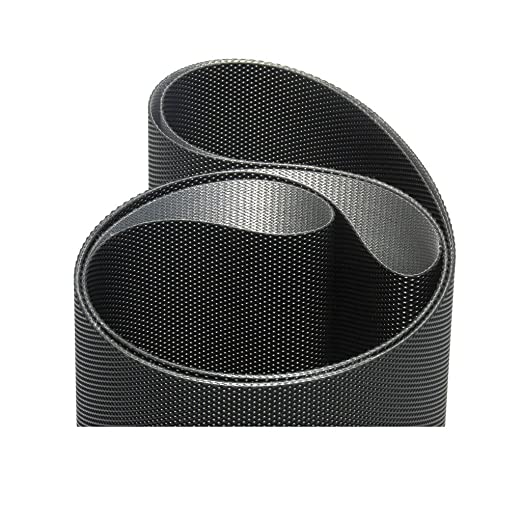How Long Does a Treadmill Belt Last?

Maintaining your home gym gear is key to ensuring a secure and productive exercise routine. What’s the lifespan of a treadmill belt? We’ll delve into the factors that affect its durability and provide you with the information you need to keep your treadmill in top condition.
Treadmill belts are the workhorses of your machine, enduring the impact of every step and stride. But even the sturdiest belts have their limits. Typically, a treadmill belt’s lifespan ranges between 5 to 7 years with regular use and, importantly, proper maintenance.
What Affects A Treadmill Belt’s Life?
A treadmill belt’s durability is not simply a measure of time but is greatly influenced by various factors:
- Regular Usage Impact: If you’re hitting the treadmill frequently, be mindful that consistent use can accelerate the wear and tear on the belt.
- Impact of User Weight: It’s important to consider that users with a higher body weight can add extra stress to the treadmill belt, potentially leading to a quicker breakdown.
- Treadmill Build Quality: Invest in higher-end treadmills if you’re looking for a belt that can endure more rigorous and frequent workouts. These models are typically crafted to last longer, even under strenuous conditions.

Keeping Up With Maintenance
One cannot overstate the importance of proper lubrication and regular cleaning. These maintenance steps are not just for upkeep; they’re crucial for extending the belt’s longevity. Be alert to unusual noises or signs of excessive belt wear, as these may indicate it’s time to replace the treadmill belt.
To ensure you are on the right track, consulting the manufacturer’s guidelines or seeking professional maintenance services is a wise choice for the long-term health of your treadmill.
Signs That It’s Time to Replace the Treadmill Belt
Even with meticulous care, your treadmill belt will inevitably show signs of wear and tear. It’s essential to recognize these signs to ensure you continue to work out in a safe environment. When maintaining your treadmill, here are some clear indications that it may be time to replace the belt:
Signs of Deterioration
If you notice the belt is starting to fray, thin out, or show actual tears, it’s a strong indication that its structural integrity has been jeopardized. These visible signs of degradation suggest that it’s time for a new belt.
Belt Slippage
A treadmill belt that seems to slip or stutter during use often points to an issue with tension and adhesion. This can affect your workout and might even pose a safety risk. It’s likely that the belt requires replacement to restore smooth and consistent movement.
Misalignment Problems
Should you find the treadmill belt consistently drifting to one side and refusing to stay aligned, despite your adjustment efforts, it may have stretched to a point where it’s no longer functional. This misalignment is a telltale sign that the belt needs to be replaced to keep your workouts on track.
For more insights and tips on treadmill maintenance, as well as comprehensive treadmill reviews to help you choose the right treadmill, visit TreadmillReviews.net.
Can You Replace A Treadmill Belt Yourself?
Wondering if you can replace a treadmill belt at home? The answer is yes, and doing so can save you from pricey service fees. However, there are some key points to consider before you start this DIY project.
When it comes to maintaining your treadmill, the initial step should always be to consult the owner’s manual that came with your machine. This important resource contains specific guidelines and identifies the tools you’ll need for proper upkeep. It’s also crucial to purchase a treadmill belt that’s tailor-made for your specific model. Generic belts might not fit or function correctly, so finding a model-specific replacement will ensure your machine performs as it should.
Other Treadmill Reviews:
- Test HomePage
- NordicTrack Commercial X14i
- Echelon Stride
- NordicTrack C 590 Pro
- NordicTrack T 7.5 S - Pros & Cons (2024)
- Sole TD80 Treadmill Desk
- NordicTrack Commercial X11i
- NordicTrack T 8.5 S - Pros & Cons (2024)
- Horizon Elite T5
- Exerpeutic TF1000
- NordicTrack T 6.5 S - Pros & Cons (2024)
- ProForm Sport 5.0
- ProForm Premier 900
- ProForm ZT6
- NordicTrack FreeStride Trainer FS5i (Discontinued)
- Bowflex Max Trainer M5
- BowFlex TreadClimber TC100
- ProForm Power 795
- ProForm Sport 7.0
- NordicTrack Incline Trainer X15i
- NordicTrack C 1650 Treadmill
- Horizon Elite T9
- Official Boston Marathon Treadmill 4.0
- NordicTrack Treadmill Desk
- NordicTrack C 1630 Pro
- NordicTrack C 970 PRO
- Bowflex TC20 TreadClimber


